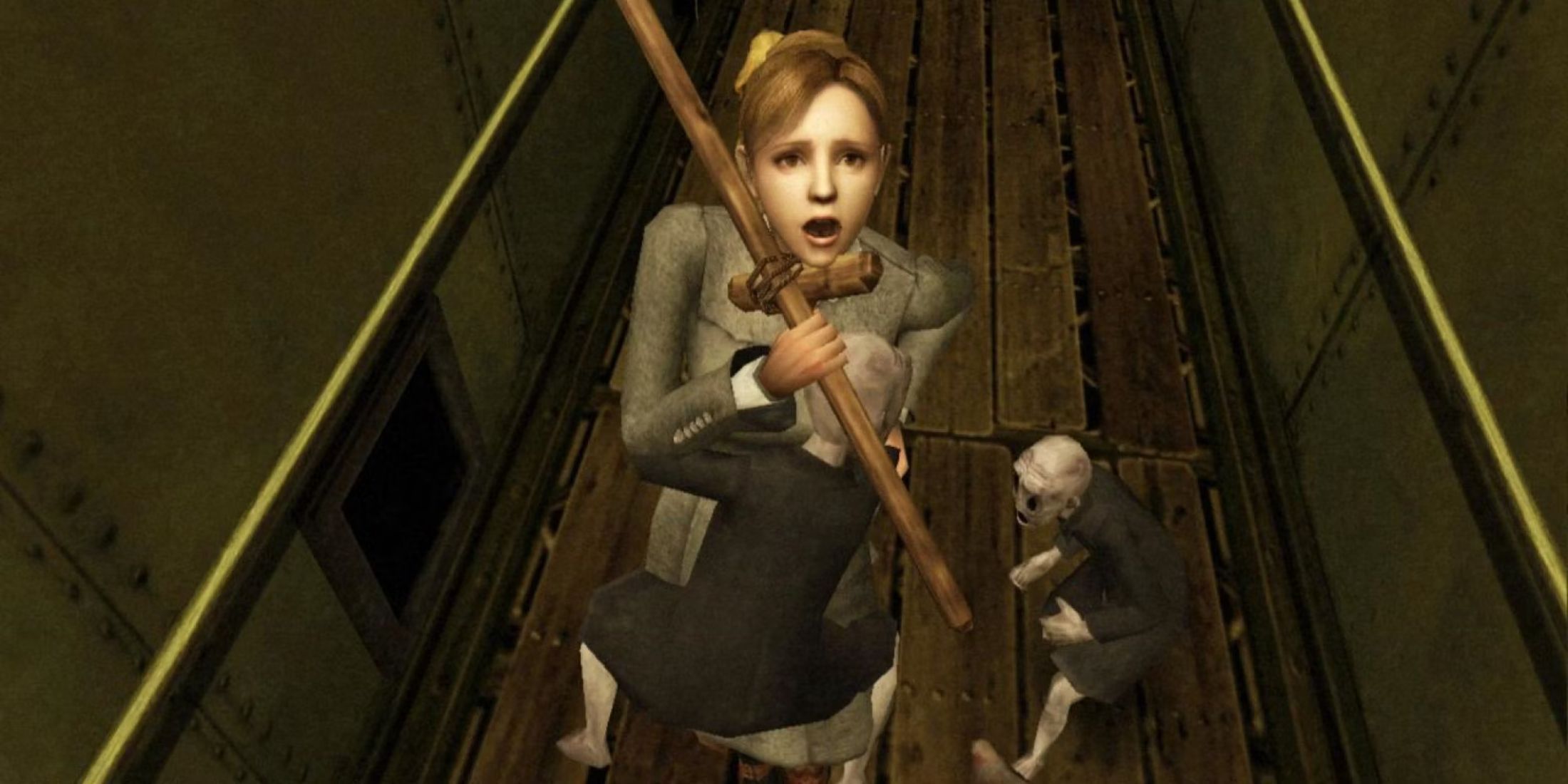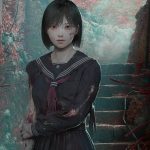Most Underrated PS2 Horror Games
Description

Summary
- Cold Fear had real-time setting elements that made it unique among other horror games of its time.
- Siren’s sightjacking mechanic and eerie village setting make it an overlooked atmospheric gem.
- Haunting Ground’s vulnerability-driven gameplay and intense emotion set it apart as a standout horror experience.
Some PS2 horror games will always be household names: Silent Hill 2, Resident Evil 4, and the usual suspects get their flowers every Halloween. But beneath the big names, the console had a whole haunted basement of lesser-known horror titles that quietly pushed boundaries, told weird stories, and scared the life out of anyone lucky enough to stumble upon them.
These were games that didn’t have the marketing, but they had all the atmosphere, mechanics, and bold ideas to deserve way more attention than they got, and even today, they hold up in all the strangest and most unsettling ways. For those curious about such hidden gems, here are the most underrated PS2 horror games that deserve to crawl out of the shadows.
7
Cold Fear
It Deserved A Warmer Reception
Released just months after Resident Evil 4, Cold Fear never stood a chance. It had the misfortune of existing in the same year Capcom redefined third-person horror, so most gamers simply skipped it. But those who didn’t were met with something rare: a horror game that genuinely played with its setting in real-time. The entire story unfolds on a storm-tossed whaler in the middle of the Bering Sea, and the ship rocks violently with the waves, throwing the player and enemies off balance. There is no safe footing or stable aim; there is only wet metal, bad lighting, and things that shouldn’t be human.
The enemies, known as Exocels, are the kind of parasites that crawl into corpses and pilot them around like meat puppets. Shooting them in the head does nothing; players have to sever limbs, destroy the parasite, and hope that they have ammo left for the next one. It feels more action-heavy than traditional survival horror, but the chaos of the ocean and the grotesque biology of its monsters make Cold Fear a sweaty, underrated ride that should’ve gotten more recognition for being bold at the wrong time.
6
Siren
Survival Horror’s Unread Diary
This one feels like a fever dream, and honestly, that might be the most accurate way to describe Siren. Built by several ex-Silent Hill developers under Keiichiro Toyama, it never became a household name, mostly because of how alienating it could be. The fragmented story, told across multiple characters and timelines, demands total focus, and the enemies, Shibito, are unkillable, muttering abominations that behave like corrupted echoes of their former selves. If someone could bottle the feeling of being watched from a dark hilltop in a game, this would be it.
What makes Siren uniquely terrifying is its “sightjacking” mechanic. Players can tap into the vision of any nearby enemy, seeing through their eyes as they stalk the environment. It’s clever, disorienting, and absolutely nerve-racking, especially when the player’s own face suddenly appears in their view. Add in the oppressive rural Japanese village setting drowning in a red-tinted curse, and Siren ends up being one of the most atmospherically terrifying and criminally overlooked horror games of its era.
5
Extermination
Deserves More Than Just Nostalgia
Extermination feels like a B-movie that knew exactly what it wanted to be. Released early in the PS2’s life, it carried obvious inspirations from The Thing and Resident Evil, but it mixed in enough weirdness to stand on its own. Players control Dennis Riley, a soldier sent to investigate a mysterious research facility in Antarctica. Naturally, things go wrong in record time. Mutated organisms are everywhere, and infection is a real gameplay mechanic, not just a lore detail.
Instead of just managing health, players also have to monitor infection levels, which rise every time they’re exposed to the environment or certain enemies. Let it get too high, and Dennis begins mutating, too. It’s a smart twist that adds pressure without needing to constantly spawn new threats. The environments are moody and barren, and the monster designs still hold up surprisingly well. Extermination doesn’t reinvent survival horror, but its systems were smart, its tone was focused, and it deserved to be remembered as more than a PS2 relic.
4
Echo Night: Beyond
Ghostly Sci-Fi Horror At Its Purest
Set entirely on a lunar base, Echo Night: Beyond abandons zombies, cults, and mutants in favor of something quieter and maybe scarier. In this spiritual sequel to FromSoftware’s Echo Night series, players take control of a newlywed couple heading to the moon for their honeymoon. Of course, they never make it to the resort. After a crash landing, players are separated from their bride-to-be and left to navigate an abandoned station filled with ghosts that don’t particularly want to stay dead.
There’s no combat in Echo Night: Beyond. There’s not even a weapon for players to make use of. All players can do is run, hide, and manage their oxygen levels. The result is a creeping kind of dread that doesn’t go for cheap jump scares; instead, it leans into its isolation. The lunar surface looks gorgeous in its dead silence, and the phantoms that populate the station tell deeply sad stories once uncovered. It’s more tragic than terrifying at times, but Echo Night: Beyond stands out for how uncomfortably intimate it feels.
3
Rule Of Rose
It Was Never Going To Be Mainstream
There’s a reason Rule of Rose stirred controversy even before anyone actually played it. The art style, the all-girl orphanage setting, and the unsettling themes involving trauma and abuse made it an immediate target for moral panic in Europe. But once players stepped into Jennifer’s tattered shoes, it became obvious that this wasn’t just some shock-value horror project. This was psychological horror filtered through fairy tales, cruelty, and children who didn’t understand how awful they had become.
The combat is clunky, no doubt, but the design isn’t aiming for power fantasies. Jennifer is weak. She’s carrying grief she can’t name and is hunted by surreal enemies like sack-headed children and human-sized rats. The Red Crayon Aristocrats, a secret club of violent little girls, serve as her judges and tormentors. And guiding her through it all is Brown, the most loyal video game dog since Fable. It’s a haunting, melancholic story that lingers long after the credits, and it’s one that deserved a far better fate than being banned and forgotten.
2
Kuon
Folk Horror Done Right, But Nobody Talked About It
Before Bloodborne made cosmic horror the main dish, Kuon was already serving full-course Japanese folk nightmares. Developed by FromSoftware and quietly released in North America with barely any fanfare, Kuon takes place in a Heian-era mansion plagued by undead priests, twisted rituals, and curses that rot the flesh and the spirit. It’s heavy on atmosphere, light on answers, and drenched in a uniquely Japanese brand of dread that trades gore for unease.
What makes Kuon so special is its slow pacing and grounded setting. It doesn’t rely on industrial corridors or sci-fi labs. It leans into quiet candlelit rooms, flute music in the distance, and unnerving yokai that shuffle through paper screens. The story is split between two playable characters, each with their own paths and revelations. And while it’s undeniably flawed in terms of controls and hit detection, Kuon captures a kind of horror rarely seen outside of Japanese cinema. Today, it’s one of the most expensive PS2 titles to collect, but back then, barely anyone noticed it existed.
1
Haunting Ground
Deserves To Be Called A Spiritual Successor To Clock Tower
There’s no mistaking the DNA here. Haunting Ground feels like Clock Tower by way of Capcom’s Resident Evil engine. It throws players into the role of Fiona Belli, a girl who wakes up in a castle after a car accident and quickly realizes that she’s being hunted by people who want more than just to hurt her. She’s not a soldier, she’s not trained, and she’s not armed; she’s just vulnerable and stuck in an unfamiliar nightmare with only a dog named Hewie to rely on.
Hewie isn’t just a sidekick. He’s a full-on mechanic. Fiona has to command him, praise him, scold him, and trust him with her life. The stalkers are genuinely terrifying, with each one growing more unhinged as the game goes on. There’s Debilitas, the mentally stunted groundskeeper, Daniella, the emotionless maid, and Riccardo, who is the closest thing to a walking Freudian essay. Panic plays a huge role in gameplay, making Fiona harder to control during stressful moments. And when she runs, it’s not like an action hero; it’s a desperate, clumsy flight. That raw fear is what makes Haunting Ground stand tall as one of the most emotionally intense horror experiences on the PS2.




